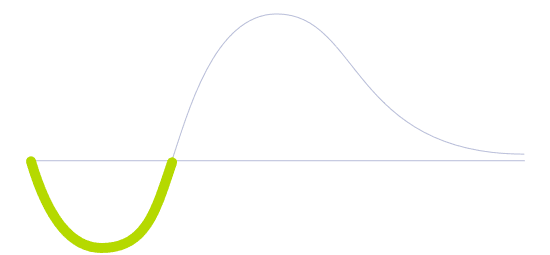Quantum Computing

Technology Life Cycle
Initial phase where new technologies are conceptualized and developed. During this stage, technical viability is explored and initial prototypes may be created.

Technology Readiness Level (TRL)
Prototype is fully functional and ready for testing in industrially relevant environment.

Technology Diffusion
First to adopt new technologies. They are willing to take risks and are crucial to the initial testing and development of new applications.

A quantum computer operates on the subatomic level, where the quantum mechanics rules, like superposition and entanglement, apply. This allows for the execution of complex calculations that would be practically impossible with classical computers. Unlike traditional computers, which store and process data in bits that can only be either 0 or 1, quantum computers use quantum bits, or qubits, which can be in a superposition of both 0 and 1 states at the same time. This property allows quantum computers to perform many calculations simultaneously and exponentially speed up certain types of computations that are intractable for classical computers.
This technology has significant advantages in performing highly complex operations and solving complicated optimization problems at extreme speeds. For instance, quantum computing could be particularly useful for advanced climate modeling, and optimization of transportation. Also, quantum computers can break many of the commonly used cryptographic protocols, which rely on the difficulty of factoring large numbers. They can also simulate the behavior of molecules and chemical reactions, which can be useful for drug discovery and materials science. Additionally, they can be used to solve optimization problems that arise in areas such as logistics and finance, where finding the best solution among a large number of possibilities is important.
However, quantum computing is still in its early stages of development, and building and programming quantum computers remain challenging tasks. The delicate nature of quantum systems also means that quantum computers are susceptible to errors caused by environmental disturbances and noise, which can limit their usefulness for certain types of computations. Nevertheless, quantum computing is a rapidly developing field with the potential to revolutionize computing and impact many aspects of our lives in the future.
Future Perspectives
Instead of physically owning a quantum computer, thanks to emerging and future fiberoptics and wireless standards, it is likely that compute time would be bought from central computing facilities. This would continue the shift towards a post-ownership society.
A whole new field of research called quantum machine learning explores the possibility of merging artificial minds with more nature-like processing technologies. The combination of the extreme computing power of quantum computers and such a versatile technology as neural networks could bring about machines with a level of intelligence similar to that of humans but with much higher processing speeds. One of the first tasks of quantum machine learning agents might be the design of their own successors.
Image: Midjourney